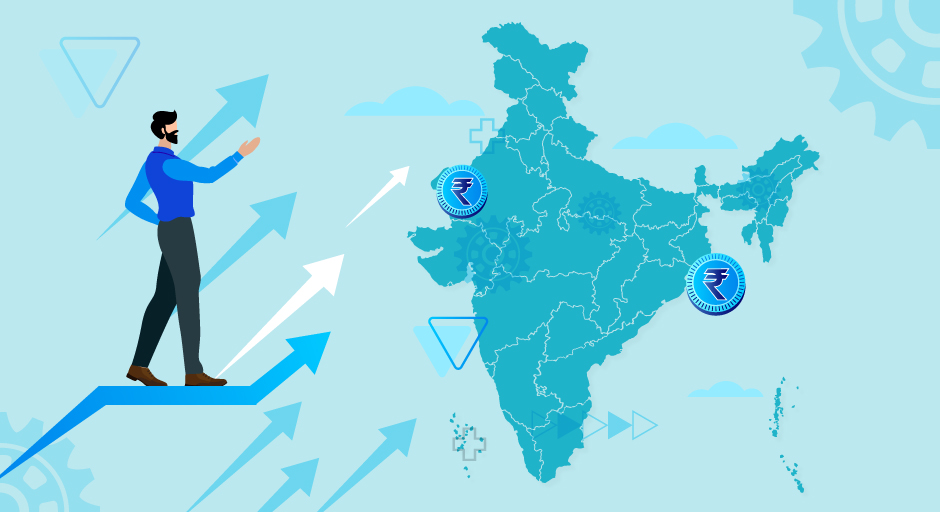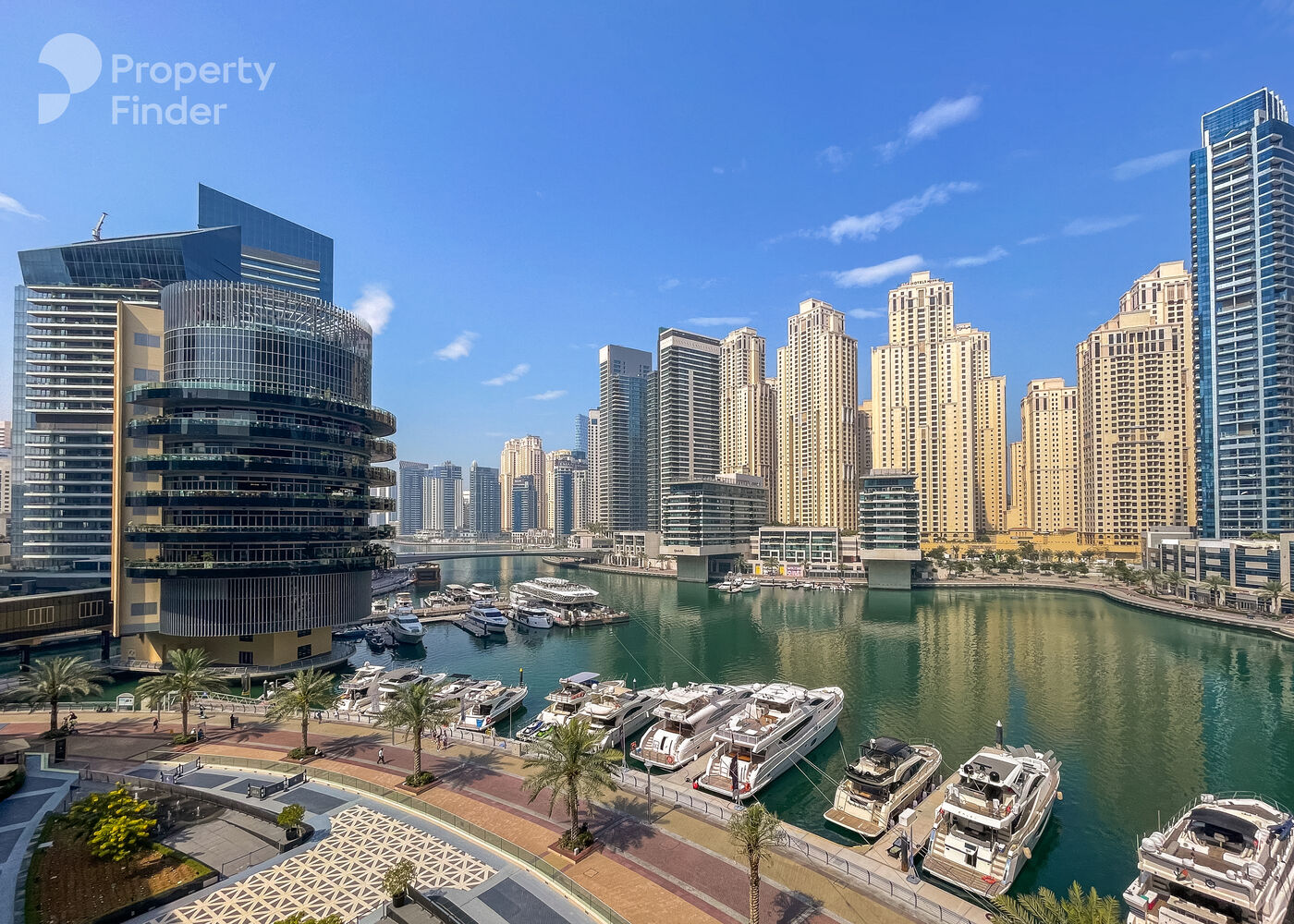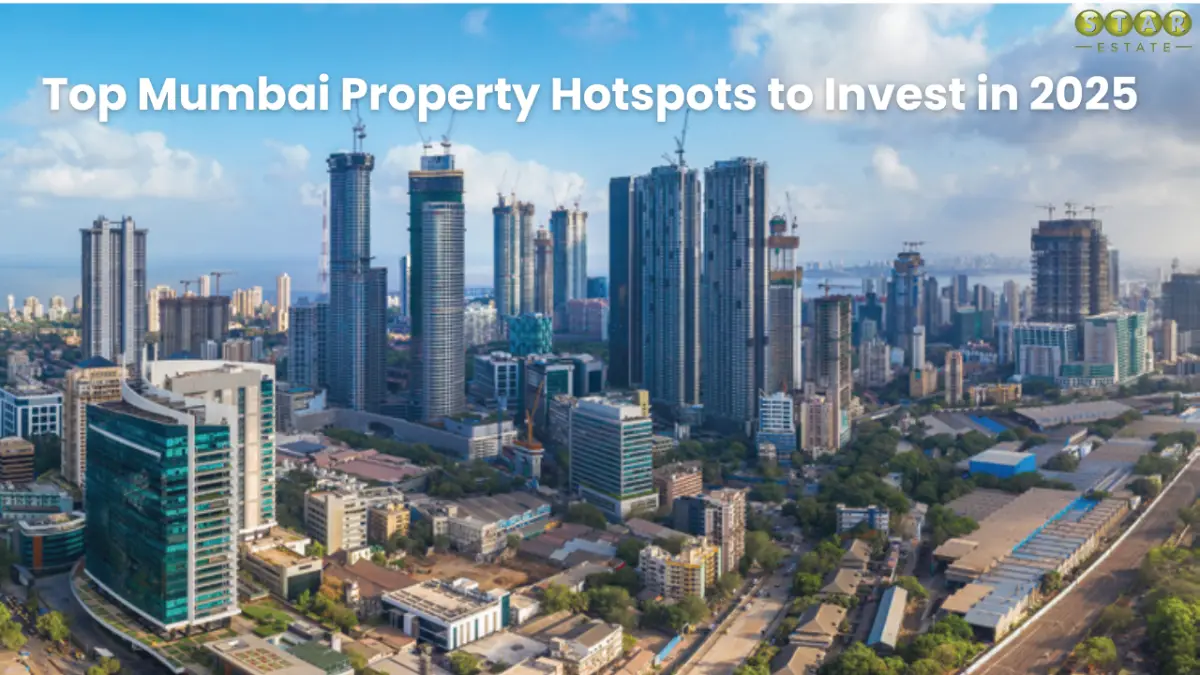Now Reading: How a Strategically Located Economy Attracts Global Investment 2025
-
01
How a Strategically Located Economy Attracts Global Investment 2025
How a Strategically Located Economy Attracts Global Investment 2025

Table of Contents
In the modern global economy, location is not just a point on a map it is power. A strategically located economy is one that sits in a position of advantage for trade, transport, geopolitics, or access to resources. From small countries sitting on major shipping lanes to emerging markets bridging continents, these locations are fast becoming the focus of global business, infrastructure development, and investment.
In 2025, the world Economy is witnessing an accelerated trend: nations that are geographically well-placed are turning their location into economic gold. Whether it’s a port city connecting sea routes or a country positioned between major markets, being “strategically located” means more than ever.
Let’s take a deep dive into how strategically located economies are thriving, what makes them so attractive, and why businesses and investors are taking note.
What Is a Strategically Located Economy?
A Economy strategically located economy benefits from its physical position in relation to major economic hubs, trade corridors, or regional powers. These locations often serve as gateways for:
- Global trade routes
- Air and sea transport
- Cross-border commerce
- Political or military strategy
- Regional supply chains
Think of places like Singapore, Panama, or the UAE. These countries have built entire economic systems around their location advantage, often combining it with policy reforms, advanced infrastructure, and pro-investment climates.
Strategic Location Drives Global Trade

Countries with strategic locations often become vital trade routes. For instance:
- Singapore sits at the crossroads of major shipping lanes in Asia, connecting the Pacific and Indian Oceans. It handles a fifth of the world’s maritime trade.
- The Suez Canal in Egypt, a strategic route between Europe and Asia, supports over 12% of global trade each year.
- Panama leverages the Panama Canal to connect the Atlantic and Pacific Oceans, making it essential for global shipping.
These Economy nations have developed robust logistics, finance, and export sectors, attracting both multinational corporations and foreign direct investment (FDI).
Transport and Logistics Boost Local Economies
Strategically located economies tend to build powerful logistics and transport networks. These facilities not only support global trade but also create millions of jobs locally.
For example:
- Dubai, located between Europe, Asia, and Africa, has transformed into a global aviation and shipping hub. Emirates Airlines and Jebel Ali Port are world-class transport giants.
- Turkey, bridging Europe and Asia, is investing heavily in airports, highways, and railroads to position itself as a logistics leader.
- Kazakhstan, thanks to its place on the Belt and Road Initiative, is now an important Eurasian logistics and energy partner.
Such development attracts investment in roads, ports, railways, and airports, often funded through public-private partnerships, international aid, or sovereign wealth funds.
Strategic Location Can Mean Political Power Too
Geographic advantage also plays a big role in diplomacy and defense. Countries that are situated near conflict zones, shipping bottlenecks, or energy pipelines often gain political leverage.
For instance:
- Qatar and Saudi Arabia enjoy influence not just for their energy resources, but also for their proximity to the Persian Gulf, a crucial oil shipping route.
- Israel’s location makes it central to both geopolitical strategy and tech collaboration between Europe, Asia, and the US.
- Azerbaijan, strategically located between Russia and Iran, is now a key partner in energy transit to Europe.
This influence often translates into economic benefits such as increased foreign aid, military alliances, and multinational corporate interest.
Key Sectors Growing in Strategically Located Economies
- Logistics and Warehousing
These countries become natural hosts for regional distribution centers. Businesses set up large-scale warehouses to serve neighboring markets. - Tourism and Hospitality
Being on the path of major travel routes means more tourism. Countries like Thailand, UAE, and Turkey have capitalized on layovers and transit tourism. - Real Estate and Infrastructure
Strategic location leads to urban growth and infrastructure demand. New smart cities, ports, and industrial zones spring up to accommodate economic expansion. - Energy and Trade
Economies like Nigeria, Egypt, and Oman benefit from both energy wealth and trade routes, using these advantages to diversify and modernize their economies. - Manufacturing and Re-export
Nations like Vietnam and Mexico use their location to serve as manufacturing bases for nearby major markets like the US or China.
Strategic Partnerships and Foreign Investment
Governments in strategically located economies often create favorable policies to attract foreign investment. These include:
- Free trade zones
- Tax holidays and relaxed regulations
- Bilateral and regional trade agreements
- Digital and physical infrastructure upgrades
For example, India’s Gujarat International Finance Tec-City (GIFT City) is positioned near key ports and is being developed as a global financial hub. It offers tax incentives and an international arbitration center to attract foreign investors.
Similarly, Rwanda, located in the heart of Africa, is positioning itself as a tech and service hub for the continent, attracting big names like Volkswagen and Alibaba.
Challenges for Strategically Located Economies

While location offers a major head start, it is not enough by itself. These economies face challenges like:
- Political instability
- Overdependence on specific sectors
- Infrastructure maintenance
- Regional conflict
- Environmental risks (floods, hurricanes, etc.)
To sustain long-term growth, governments must pair strategic location with good governance, education, innovation, and inclusivity.
Conclusion: The Rise of Location-Driven Development
The concept of a strategically located economy is not new, but in the fast-paced global economy of 2025, it has taken on new meaning. Connectivity, speed, and access are now essential for economic power, and the nations that sit at these intersections are winning.
As businesses become more global, and trade more dynamic, countries with strategic location, supportive policy, and future-ready infrastructure are shaping the next chapter of global commerce.
For entrepreneurs, investors, and policymakers, recognizing the value of strategic geography could be the key to unlocking the next wave of opportunity.
Read More:- Shobha Realty Launches Its Most Luxurious Project Yet—Full Details Inside 2025






















